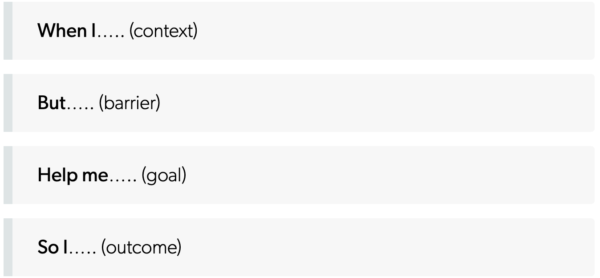Back in December, Joseph Horowitz had a lengthy piece in The American Scholar about the impact of the pandemic on the arts in America. I may revisit the article in future posts, but there was one section that caught my attention because it seemed a testament to both the influence of a shared cultural ideal and the power of leaders who advance an agenda.
Horowitz writes that while there was resistance to government run media a la the BBC, there seemed to be enough will and interest post-Works Progress Administration to support programming featuring public intellectuals and artists.
A little-known footnote to this 1930s saga of the artist and the state was an unsuccessful campaign to implement an “American BBC,” … An alliance of university and radio leaders argued that a public radio system would ghettoize education. “Controlled radio” was also denounced as a “threat to democracy.” Crucially, David Sarnoff and William Paley, leading NBC and CBS respectively, were visionaries for whom an educational mission incorporating culture was a genuine priority, whatever its commercial liabilities…
Later, when TV entered the picture, CBS initiated Leonard Bernstein’s Omnibus specials and Young People’s Concerts, and Sarnoff created an NBC Opera offering innovative productions of opera in English. But Paley retired as president in 1959, Sarnoff in 1970; their successors gradually abandoned the high mission at hand. PBS and NPR, ironically, have offered nothing remotely as ambitious as the arts programming CBS and NBC once championed. If American arts audiences today compare unfavorably with audiences elsewhere, the minimal role of the state—the cumulative absence of an “American BBC”—is far from irrelevant.
I frequently hear people extolling Bernstein’s Young People’s Concerts and wonder why no one tries to replicate them since they were so well-received, but Horowitz’s piece recounts how the lack of investment, both in terms of general policy and economics, allowed both opportunity and popular will and interest in these experiences to wane.
Even though the Western canon of arts and literature were lionized to the exclusion of others during this era, a different infrastructure would exist today to amplify a shift telling a broader range of stories had focus and investment been sustained.
Horowitz’s conclusion near the close of the article is that the upheaval cause by the pandemic has provided another set of opportunities to effect enduring change if we are ready to take it.



Thanks for what you are doing to bring cultural change to the arts. It is so important to represent everyone.…